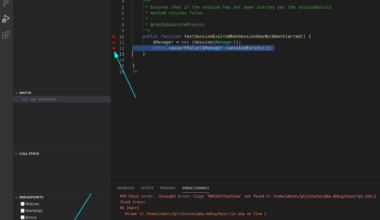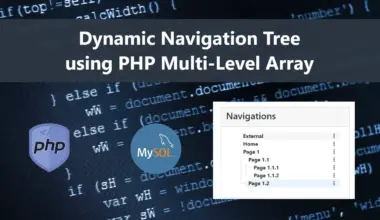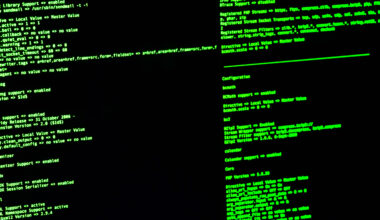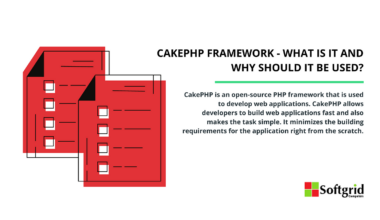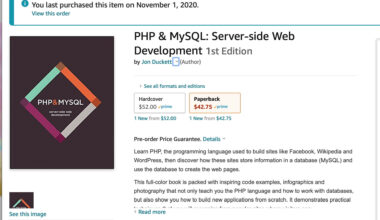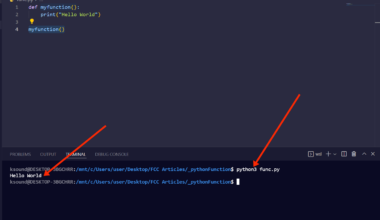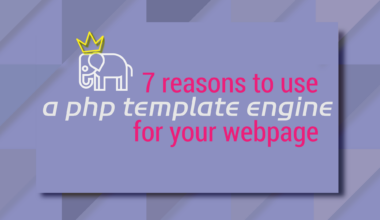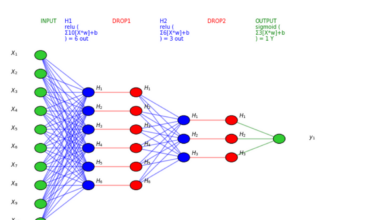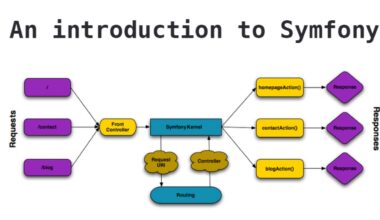Introduction to PHP Data Types
As a programming language, PHP has the ability to process different types of data. These data types are important as they define the type of data that can be stored in a variable, function, or object. Understanding PHP data types is essential in programming, as it helps to avoid errors, improve code performance, and ensure data integrity.
In PHP, data types can be classified into two categories: basic and advanced. Basic data types are the fundamental building blocks of the language, while advanced data types are more complex structures that allow for more flexibility in data storage.
Some examples of basic data types in PHP are:
- Integer – a whole number such as 1, 2, 3, etc.
- Float – a number with a decimal point such as 3.14, 2.6, etc.
- String – a sequence of characters, such as “Hello World”.
- Boolean – a logical value of either true or false.
- Null – a variable that has no value.
On the other hand, some examples of advanced data types in PHP are:
| Data Type | Description |
|---|---|
| Array | A collection of elements, each identified by an index or a key. |
| Object | A data type that stores data and functions together, as a single unit. |
| Resource | A special variable that holds a reference to an external resource, such as a database connection. |
It’s important to note that PHP is a loosely typed language, which means that the data type of a variable can change dynamically based on the value assigned to it. For example, a variable that initially holds an integer value can later be assigned a string value.
Understanding the different data types in PHP is crucial for effective programming. It allows developers to write more efficient code, avoid unexpected errors, and ensure the accuracy and integrity of data. In the following sections, we will explore basic and advanced data types in more detail.
Basic Data Types in PHP
Basic data types are the building blocks of any programming language, and PHP is no exception. In this section, we will discuss each of the basic data types in PHP in more detail.
Integer:
Integers are whole numbers that can be positive, negative, or zero. In PHP, integers are represented using the keyword “int”. For example, the following code assigns the integer value of 10 to a variable named $myInt:
$myInt = 10;
Float:
Floats are numbers with a decimal point, also known as floating-point numbers. In PHP, floats are represented using the keyword “float” or “double”. For example:
$myFloat = 3.14;
String:
Strings are sequences of characters enclosed in double quotes or single quotes. In PHP, strings are represented using the keyword “string”. For example:
$myString = "Hello World";
Boolean:
Booleans are logical values that can be either true or false. In PHP, booleans are represented using the keywords “true” and “false”. For example:
$myBool = true;
Null:
Null is a special data type that represents the absence of a value. In PHP, null is represented using the keyword “null”. For example:
$myNull = null;
It’s important to note that PHP is a loosely typed language, which means that the data type of a variable can change dynamically based on the value assigned to it. For example, a variable that initially holds an integer value can later be assigned a string value.
In addition to these basic data types, PHP also supports more complex data types such as arrays, objects, and resources, which we will discuss in the next section.
Understanding the basic data types in PHP is essential for effective programming. It allows developers to write more efficient code, avoid unexpected errors, and ensure the accuracy and integrity of data. Now that we’ve covered the basic data types in PHP, let’s move on to the advanced data types.
Advanced Data Types in PHP
In addition to basic data types, PHP also supports more advanced data types that allow for more flexible data storage. Understanding these data types is crucial for effective programming. In this section, we will discuss each of the advanced data types in PHP in more detail.
Array:
An array is a collection of elements, each identified by an index or a key. In PHP, arrays can store any type of data, including other arrays. To create an array in PHP, you can use the array() function or the shorthand square bracket notation. For example:
$myArray = array("apple", "banana", "orange");
or
$myArray = ["apple", "banana", "orange"];
You can also access individual elements in an array by their index. For example:
echo $myArray[0]; // Outputs "apple"
Object:
An object is a data type that stores data and functions together as a single unit. In PHP, objects are created from classes, which define the structure and behavior of the object. To create an object in PHP, you must first define a class. For example:
class Person {
public $name;
public function sayHello() {
echo "Hello, my name is " . $this->name;
}
}
$myPerson = new Person();
$myPerson->name = "John";
$myPerson->sayHello(); // Outputs "Hello, my name is John"
Resource:
A resource is a special variable that holds a reference to an external resource, such as a database connection, file, or network socket. Resources cannot be manipulated directly, but they can be passed to functions that are designed to work with them. For example:
$myFile = fopen("myfile.txt", "r");
echo fread($myFile, filesize("myfile.txt"));
fclose($myFile);
Understanding the advanced data types in PHP is crucial for effective programming. It allows developers to store more complex data structures and perform more advanced operations on that data. Now that we’ve covered both basic and advanced data types in PHP, let’s move on to comparing data types in PHP.
Comparison of Data Types in PHP
When working with data in PHP, it’s important to understand the differences between the various data types and how they behave. In this section, we will compare the different data types in PHP and explore their similarities and differences.
Integer vs Float:
Integers and floats are both numeric data types in PHP, but they differ in their precision and range. Integers can only represent whole numbers, while floats can represent decimal numbers with greater precision. However, floats are not always precise due to the way they are stored in memory. It’s important to keep this in mind when performing calculations with floats.
String vs Integer/Float:
In PHP, strings and numeric data types are not interchangeable. When a string is used in a numeric context, PHP will attempt to convert it to a number. If the string does not contain any numeric characters, it will be converted to 0. If the string contains numeric characters followed by non-numeric characters, only the numeric characters will be converted. For example:
$myString = "123abc"; $myInt = $myString + 1; echo $myInt; // Outputs 124
Boolean vs Other Data Types:
Booleans in PHP can only be true or false, and they are often used in conditional statements. When a boolean value is used in a non-boolean context, PHP will attempt to convert it to a number. True is converted to 1, and false is converted to 0.
Array vs Object:
Arrays and objects are both complex data types in PHP, but they differ in their structure and behavior. Arrays are collections of elements that can be accessed by their index or key, while objects are instances of classes that have properties and methods. Arrays are often used to store lists of data, while objects are used to represent more complex entities.
Null vs Other Data Types:
Null is a special data type in PHP that represents the absence of a value. When a null value is used in a non-null context, PHP will attempt to convert it to the appropriate data type. For example, null is converted to 0 when used in a numeric context, and an empty string when used in a string context.
In conclusion, understanding the differences between data types in PHP is crucial for effective programming. By knowing the similarities and differences between the various
Final Thought: Importance of Understanding PHP Data Types
Understanding PHP data types is essential for effective programming. It allows developers to write more efficient code, avoid unexpected errors, and ensure the accuracy and integrity of data. By using the appropriate data type for a variable, function, or object, developers can ensure that their code runs smoothly and produces the desired results.
When working with PHP data types, it’s important to keep in mind that PHP is a loosely typed language. This means that the data type of a variable can change dynamically based on the value assigned to it. While this can be useful in some cases, it can also lead to unexpected errors if not handled properly.
To avoid these errors, it’s important to understand the differences between the various data types in PHP and how they behave. For example, understanding the differences between integers and floats can help developers avoid precision errors when performing calculations. Similarly, understanding how strings are converted to numeric data types can help avoid unexpected results in conditional statements.
In addition to improving code performance and preventing errors, understanding PHP data types can also make code more readable and maintainable. By using descriptive variable names that reflect the data type, developers can make their code easier to understand and modify.
In conclusion, understanding PHP data types is an essential skill for any PHP developer. By taking the time to learn about the different data types and how they behave, developers can write more efficient, error-free code that produces the desired results. So, take the time to master PHP data types, and you’ll be on your way to becoming a more effective and efficient developer.












